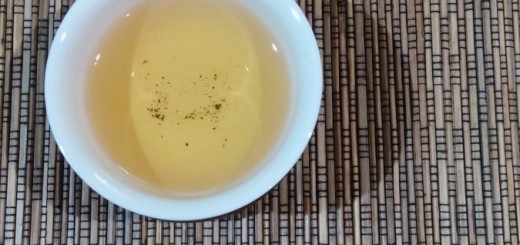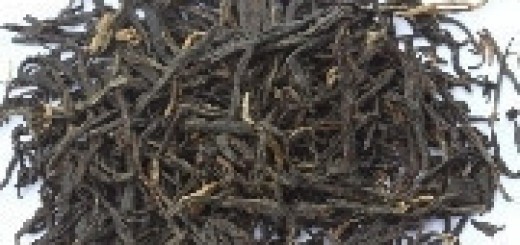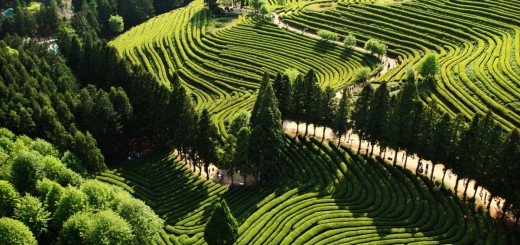Botanical Description
Camellia Sinensis, which is the major tea species, is a broadleaf evergreen tree that can grow up to 52ft if left to its own devices, but for production purposes the trees are pruned back to maintain a 2-4ft tall shrub for manageable harvesting of the new growth. The plant produces a large taproot and a surface mat of feeders with endotrophic mycorrhizae(Duke) allowing substantial plasticity in the regions in which tea can be cultivated. To define the species in the genus of Camellia, “Leaf pose and leaf macromorphological(overall structure) features, including leaf colour, have been widely used as diagnostic criteria in tea taxonomy”(Banerjee, pg.26). Taxonomists will also look at the intensity of the serrations present on the margins of the leaf as well as the number of petals per flower for identifying differentiation within the Camellia genus. In 1958, 83 different species of Camellia had already been identified, but even to this day, only a small number of these have been utilized in the production of tea.






